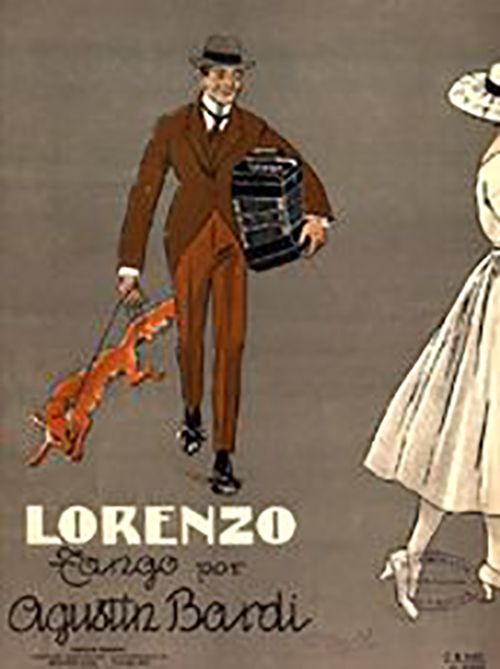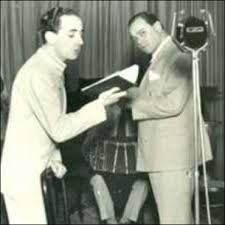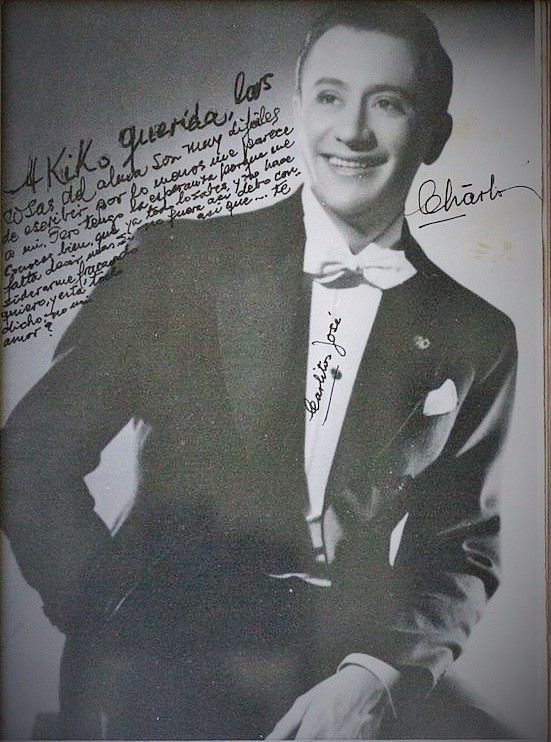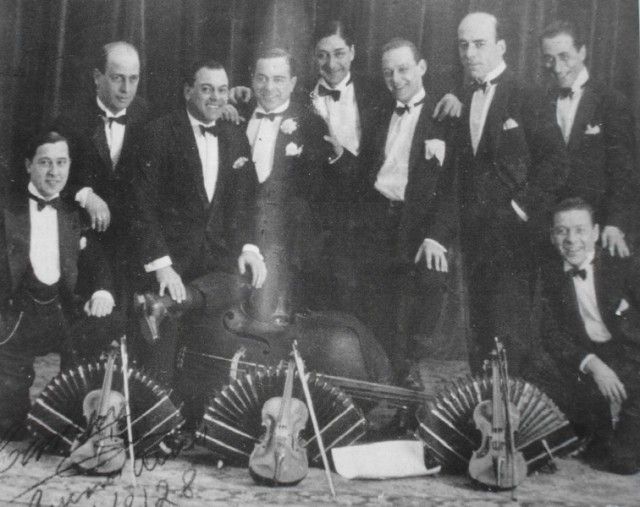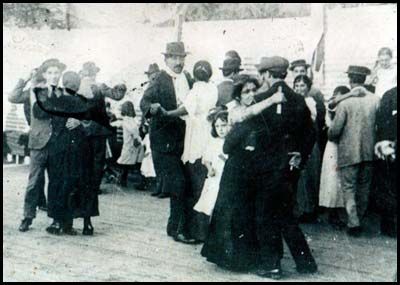“Lorenzo” by Francisco Canaro y su Orquesta Típica, 1927.
“Lorenzo” by Francisco Canaro y su Orquesta Típica, 1927.

Agustín Bardi
Violinist, pianist and composer (13 August 1884 – 21 April 1941)
His last performances were in the giant orchestra that Francisco Canaro convened for the carnivals of 1921.
On this occasion, however, Bardi refused to Canaro’s invitation to premiere his tango compositions, claiming that he did not compose carnival tangos, nor was he interested in its diffusion under such circumstances.
Listen and buy:
-
Amazon music
-
iTunes music
-
Spotify
We have lots more music and history
